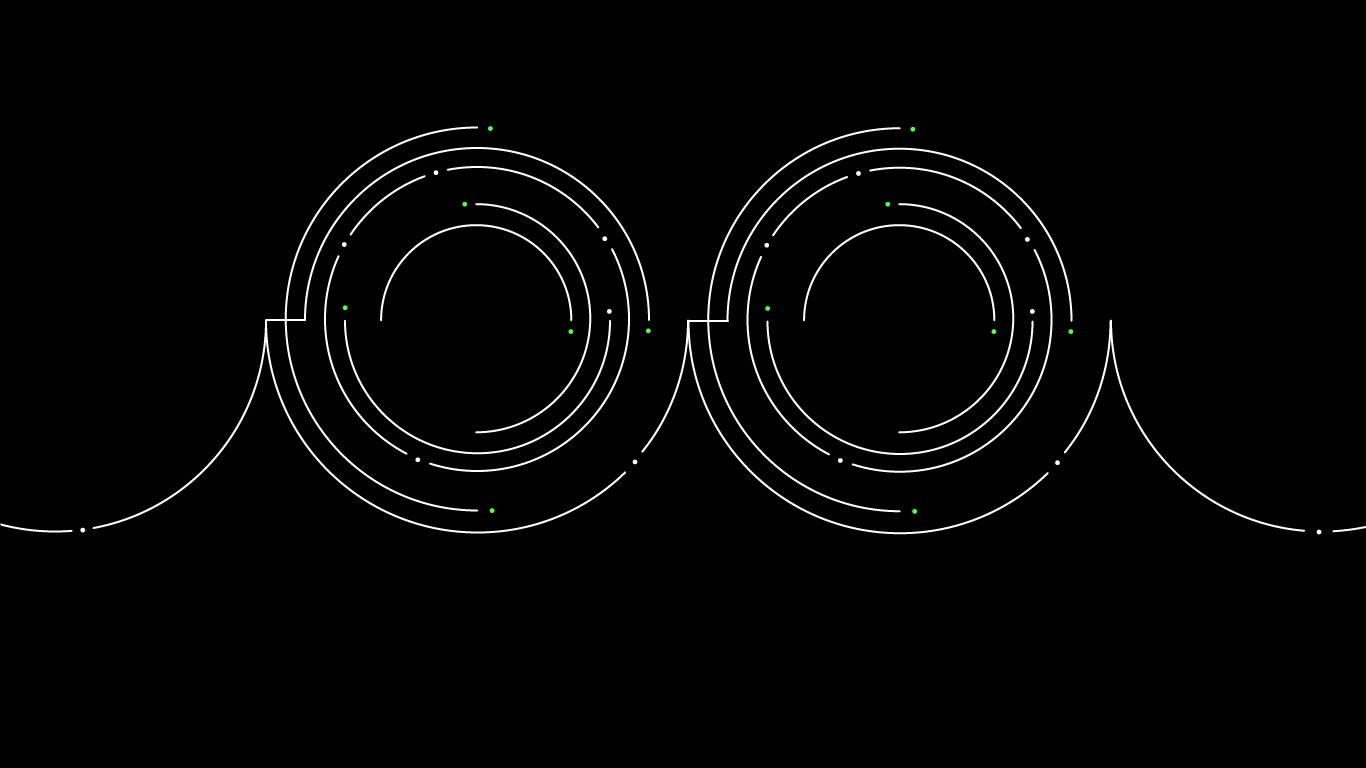
What is a process digital twin? The answer is evolving due to process mining
The future of digital twins is evolving to be more process driven. Enter the process digital twin.
What is a process digital twin?
Typically, digital twins are defined in the context of the Internet of Things, industrial applications, and physical assets such as aircraft engines, turbines and manufacturing equipment.
Per Gartner:
A digital twin is a digital representation of a real-world entity or system. The implementation of a digital twin is an encapsulated software object or model that mirrors a unique physical object, process, organization, person or other abstraction. Data from multiple digital twins can be aggregated for a composite view across a number of real-world entities, such as a power plant or a city, and their related processes.
To scale, digital twins are going to become more about systems and processes that revolve around financials, supply chain, manufacturing and logistics. The next rev of digital twins will revolve around the real world simulation of businesses and how they operate instead of physical assets.
I caught up with a Celonis customer using digital twins for multiple processes. The idea is to use Celonis to replicate their business operations in digital form, leverage analytics and real time data and run simulations to enable digital transformation.
What was notable about this customer's approach is that digital twins were being built in conjunction with process mining. The data coursing through cloud applications and Celonis were being used to simulate automation flows and end-to-end processes. A process digital twin will be able to see how processes actually work within a business and going forward these models can find interdependencies across units and partners.
In other words, with Celonis, every transactional event and global business service can have a digital twin.
For now, process digital twins are being implemented at companies with value being realized. Future efforts will revolve around operationalizing process digital twins and then integrating them into a broader automation, analytics and process excellence effort. "Digital twins of people, processes, organizations and environments will be used for strategic and operational decision making and advanced simulation," according to Gartner.
Use cases for process digital twins
These process digital twins will also be relevant to a bevy of horizontal use cases, including:
Supply Chain resiliency, which is increasingly a boardroom issue;
The prerequisite for process digital twins will be cloud architecture and the systems transformation required to tap into multiple systems and real-time data. These process digital twins have also been called Digital Twin of an Organization (DTO), a term popularized by Gartner. The research firm said in a July 2021 report:
Gartner expects that DTOs will become critical as digital business systems are increasingly reliant on continuous integration of human and machine intelligence. A DTO reflects this real-world environment with real people and machines working together, and allows users to model different scenarios, choose one and then make it real in the physical world.
Today, those DTOs are edging closer to reality from the vision presented in 2019.
With process digital twins evolving it's worth highlighting the differences and similarities with more physical-based digital twins.
What is a process digital twin or DTO vs. physical object-based digital twin?
By definition, digital twins cover both physical assets and processes, but the deployments to date have been about representing real-world systems. Physical digital twins have data based on physics, maintenance, operations and simulations. Process digital twins are focused on understanding the process. The digital footprints that reside in systems of record are what drives process digital twins.
A process digital twin may have the following characteristics:
Data is primarily generated through transaction processing instead of physical and real-world assets and sensors attached to them.
Value is created through speed, efficiency and cash flow instead of opportunities like preventative maintenance.
IT systems provide the data used to create the digital twin and run simulations. A digital twin that replicates a physical asset is built with sensor data.
Automated and human work are also combined with process digital twins. A process digital twin must account for end-to-end processes and simulate how automation and human work interact. For instance, automation early in a process may lead to human work bottlenecks later.
In other words, process digital twins have a few moving parts.
Celonis Chief Scientist Wil van der Aalst recently co-authored a research paper on the process-driven Digital Twin of an Organization (DTO) concept. The paper noted:
Why is it so challenging to create a DTO? There are two main reasons:
The boundaries of an organization and, therefore, also a DTO are not so clear, i.e., an organization has customers, suppliers, employees that collectively influence the processes.
Human and organizational behavior may be irrational and change over time (influenced by regulations, social interactions, and personal preferences).
For most organizations, it is not feasible to create a DTO that captures reality well. However, the desire to model, visualize and understand the complex context in which an organization operates is compelling. One can view process mining as a concrete technology to facilitate such a DTO (van der Aalst 2016). Using process discovery, one can discover the so-called "control-flow model" (represented using Petri nets, process trees, or BPMN models) and by aligning event data with the control-flow model, it is possible to add other perspectives (time, costs, resources, decisions, etc.).
Van der Aalst outlined how DTOs are more vision than reality, but innovative enterprises are getting closer with process mining. For instance, CapGemini is using Celonis to create digital twin replicas of businesses.
And the core areas of DTOs are also maturing. Gartner outlines five pillars of DTOs.
Digital optimization, optimized business operations, improved business model or digital business transformation.
Digitalized business operating model.
Business performance management frameworks to connect models and measurement.
Business operations intelligence to provide the model with real-time data.
Value for the different stakeholders (internal/external) of the organization.
What's next? Simulation and process digital twins become priority
Process digital twins were a hot topic among customers at Celosphere 2022. One customer had 15 deployed. Others were building process digital twins and noted that the addition of Celonis Process Sphere (a Celonis capability built on object-centric process mining) will help scale the efforts. Credibom presented its digital twin and process simulation efforts.
Dr. Detlef Kayser, Member of the Executive Board, Fleet & Technology at Lufthansa Group, said process intelligence has to operate at scale at a company that conducts 2,600 flights a day. The processes behind Lufthansa must adapt to everything from airspace capacity during conflicts, regulation, weather, airport infrastructure and safety.
Lufthansa is currently standardizing data ingestion and harmonizing it, creating digital twins of operations, and feeding a solution generator that can adapt to multiple scenarios for crew, aircraft, passengers, and dispatch.
iFood, Brazil's dominant delivery service, has racked up multiple wins with Celonis Execution Management System and Process Mining and plans to further scale by simulating processes, leveraging a data-driven culture and eliminating bottlenecks in its ecosystem.
A large enterprise at Celosphere 2022, said it has built process digital twins with plans to expand the program with technologies such as Process Sphere, which gives a holistic end-to-end view of processes and how they are interconnected across a company.
Process Sphere was likened to a treasure map of process value opportunities.
The plan for this company is to leverage process mining beyond finance to drive efficiencies across multiple use cases. Digital process twins will enable quick wins in process mining, provide context and establish priorities to deliver business value.
Bottom line: What was more digital twin and DTO theory in 2019 is getting way closer to reality in 2022.






